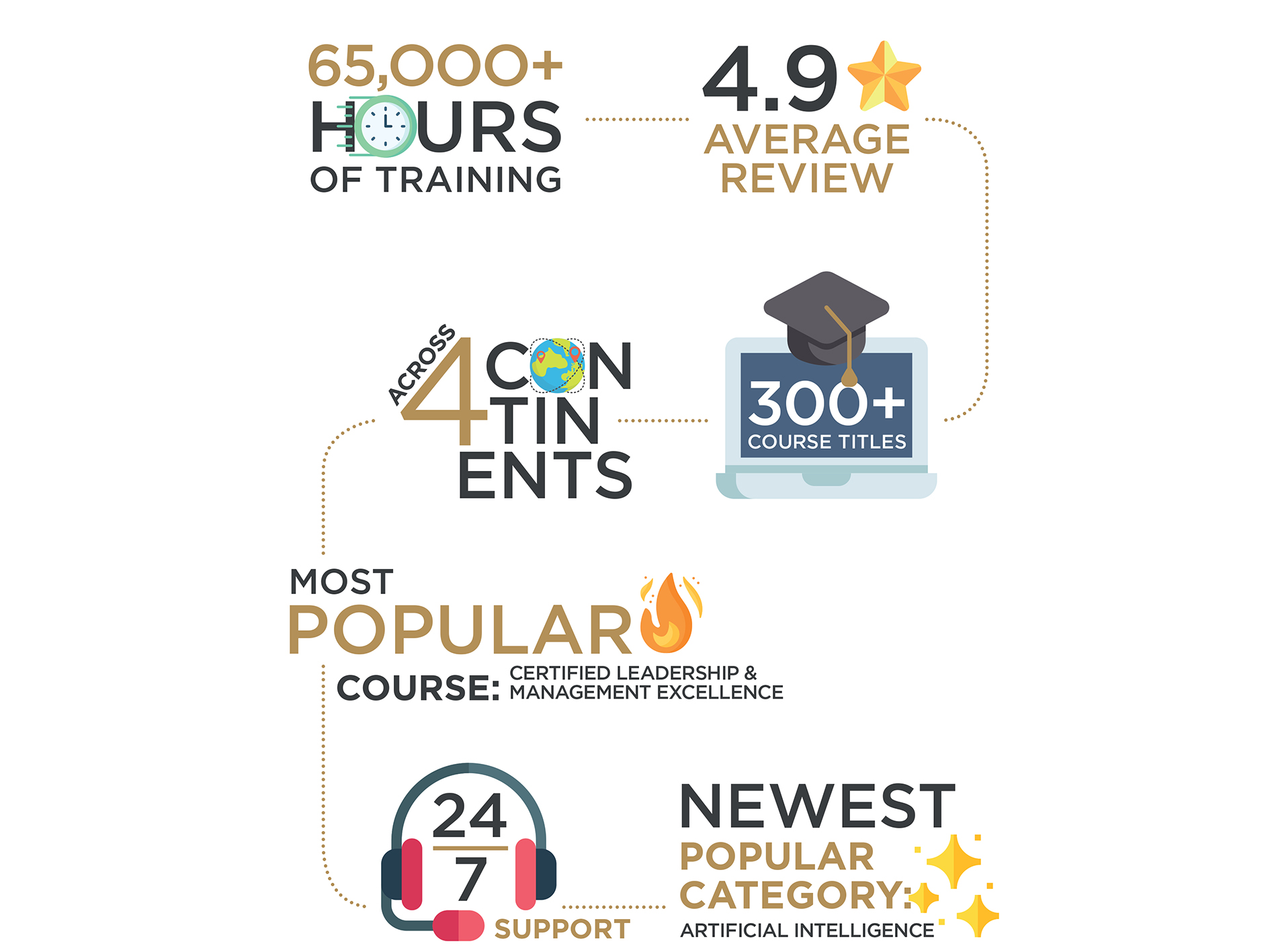A beginner's guide to media planning & buying
Advertising is big business but advertising just isn’t what it used to be. It’s a fairly obvious fact that simply making ads does not result in success of your brand; ads have to be strategically placed in front of the right audience. The traditional approach of targeting audiences based on demographics and making a limited range of media placement decisions is long gone.
What is Media Planning?
Media planning is the process of identifying and selecting media outlets – mainly newspapers, magazines, websites, TV and radio stations, and outdoor placement – in which to place paid advertisements. The person responsible for evaluating the many media options and strategising campaigns to support a particular product, service, or brand is called a media planner. Media planners typically are employed by advertising agencies.
What is media buying?
In general, media buying is defined as the process of evaluating and purchasing promotional mediums to convey a brand’s message to its audience. Media options have changed over the years, but a good buyer understands the goals of the campaign and finds the best fit based on budget.
We have put together a few steps you should take for effective media planning:
Step 1 - Know your target audience
Media planning and media buying efforts go down the drain if it does not successfully reach the target audience. Media companies must firstly have a clear idea of the target market’s demographics such as age, gender, income level, and media habits. There is a common trend among media planners to create a composite avatar of a person who has all the characteristic trait of their target customers. This avatar is used by media companies to identify where their target audience consumes media – TV, online, Radio, etc. – before deciding on the media planning strategies.
Step 2 - Define Your Goal
What is the goal of your particular campaign? Is it to extend your brand awareness? To announce a new product line? Promote a sale? Get people to sign up for your webinar or newsletter? Each of your ad campaigns must be assigned just one specific goal. You can’t plan media without a goal in mind.
Step 3 - Plan the details of your ad Campaign.
How long do you want your campaign to run – is this an annual media plan you are putting together, or a special promotion to accompany your current media plan? What is your budget, keeping in mind that advertising results do not happen overnight – do you have enough to sustain a solid testing period?
Step 4 - Determine the perfect media mix
By gaining a deeper understanding of the target audience, companies can make media planning more efficient. Having a clear-cut idea of what is the primary source of media consumption for a desired set of the audience helps firms to direct their media planning efforts into this channel and also plan their ad spend carefully. Media companies can also opt for a mix of various media channels for their campaigns, depending on the preferences of the target customers.
Step 5 - Implementation
Now you have a plan. Now it's time to set it in motion. This is when you buy media. Media buying is the purchasing of the space in the selected media. This involves committing to the media provider, submitting the ad, and paying the bill. This is the exciting part. You see all your hard work come together.
Bonus step - Think mobile
There’s a good chance you’re reading this on your phone, 57% of website traffic now goes through mobile. When planning media, make sure you reach the audience where they are by planning mobile first, then desktop and offline media. That means using channels like Twitter that people primarily access on their phones. It also means creating ad experiences that are easy to engage with on the go, like putting captions in your videos for people who are scrolling through their Twitter feeds without headphones.
Not sure how to plan and buy in the media industry? London TFE offers media courses that will prepare and build your confidence to run a successful media campaign. Contact us to find out more information on our digital media courses and media training courses.
 All Courses
All Courses
 Accounting and Finance
Accounting and Finance Administration and Office Management
Administration and Office Management Business Administration
Business Administration Chemical Engineering
Chemical Engineering Communications and Public Relations (PR)
Communications and Public Relations (PR) Compliance and Legal
Compliance and Legal Construction Management
Construction Management Contract and Project Management
Contract and Project Management Customer Experience and Relationship Management
Customer Experience and Relationship Management Data Management and Business Intelligent
Data Management and Business Intelligent Digital Transformation
Digital Transformation Energy and Sustainability
Energy and Sustainability Health, Safety and Environment
Health, Safety and Environment Healthcare Management
Healthcare Management Hospitality & Tourism
Hospitality & Tourism Human Resources and Talent Development
Human Resources and Talent Development Industrial Manufacturing and Production
Industrial Manufacturing and Production Innovation and Artificial Intelligence (AI)
Innovation and Artificial Intelligence (AI) Leadership and Management
Leadership and Management Oil and Gas
Oil and Gas Procurement & Supply Chain Management
Procurement & Supply Chain Management Public Sector
Public Sector Quality and Productivity
Quality and Productivity Retail and E- Commerce
Retail and E- Commerce Sales and Marketing
Sales and Marketing Sports Event Management and Operations
Sports Event Management and Operations Strategy and Business Planning
Strategy and Business Planning Sustainability and CSR
Sustainability and CSR Learning Solutions
Learning Solutions
 About Us
About Us
 iLearn Blog
iLearn Blog
 Directory Calendar
Directory Calendar
 Contact Us
Contact Us
 All Courses
All Courses
 Accounting and Finance
Accounting and Finance Administration and Office Management
Administration and Office Management Business Administration
Business Administration Chemical Engineering
Chemical Engineering Communications and Public Relations (PR)
Communications and Public Relations (PR) Compliance and Legal
Compliance and Legal Construction Management
Construction Management Contract and Project Management
Contract and Project Management Customer Experience and Relationship Management
Customer Experience and Relationship Management Data Management and Business Intelligent
Data Management and Business Intelligent Digital Transformation
Digital Transformation Energy and Sustainability
Energy and Sustainability Health, Safety and Environment
Health, Safety and Environment Healthcare Management
Healthcare Management Hospitality & Tourism
Hospitality & Tourism Human Resources and Talent Development
Human Resources and Talent Development Industrial Manufacturing and Production
Industrial Manufacturing and Production Innovation and Artificial Intelligence (AI)
Innovation and Artificial Intelligence (AI) Leadership and Management
Leadership and Management Oil and Gas
Oil and Gas Procurement & Supply Chain Management
Procurement & Supply Chain Management Public Sector
Public Sector Quality and Productivity
Quality and Productivity Retail and E- Commerce
Retail and E- Commerce Sales and Marketing
Sales and Marketing Sports Event Management and Operations
Sports Event Management and Operations Strategy and Business Planning
Strategy and Business Planning Sustainability and CSR
Sustainability and CSR Learning Solutions
Learning Solutions
 About Us
About Us
 iLearn Blog
iLearn Blog Directory Calendar
Directory Calendar
 Contact Us
Contact Us















































 Course category
Course category Course Venue
Course Venue
